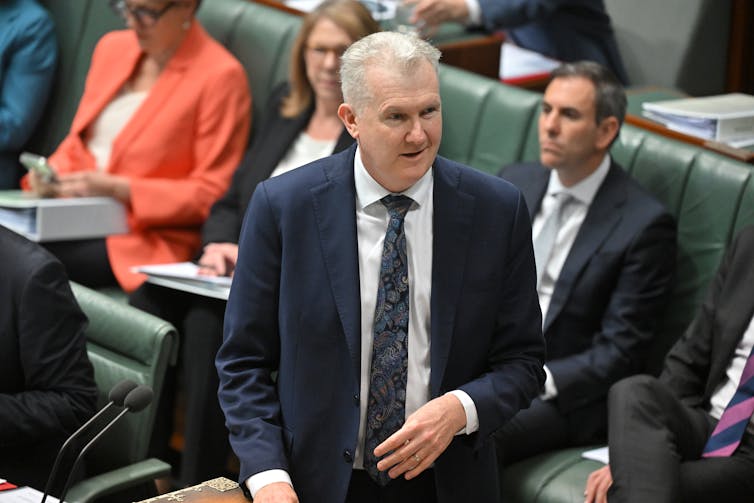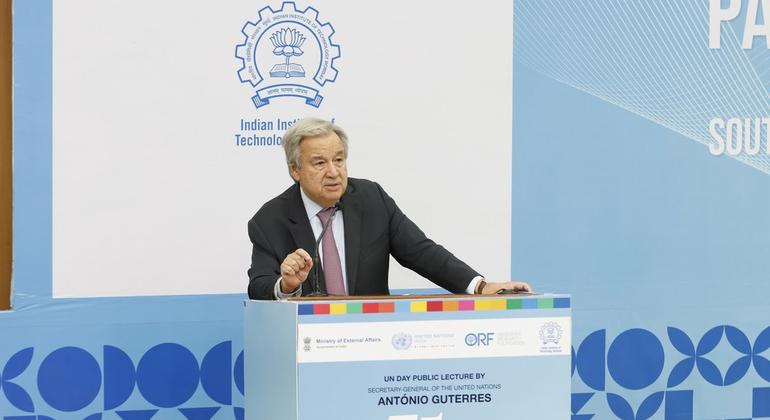It has been 30 years since “It’s the wrong trousers Gromit! And they’ve gone wrong!” blared out for the first time in the Aardman Animations short film, The Wrong Trousers (1993).
Wallace and Gromit’s first outing in A Grand Day Out (1989) put Aardman firmly on the map for creating original, compelling and engaging animation productions. And almost four years later, The Wrong Trousers introduced viewers to the endeavours of Feathers McGraw, a silent criminal mastermind penguin. This animated short creates a particular joy and comfort in the viewer through the discipline of stop-motion animation.
For many fans, The Wrong Trousers is the ultimate comfort movie. Here are the elements of stop-motion animation that bring about this comforting feeling when watching this cherished animated classic.
The direction
A large part of The Wrong Trousers familiarity and comfort comes from its direction and how shots are framed. The inspiration that director Nick Park drew from British weekly comics such as The Beano and The Dandy can be seen in the style of The Wrong Trousers.
Bryan Ledgard/flickr, CC BY
Many shots are kept low to the ground, evoking scenes from The Bash Street Kids in The Beano, or The Dandy’s Banana Man. When Wallace is absconded by the Techno Trousers, a pair of robot trousers with suction abilities, the streets in these shots bend and curve away from the camera in dramatic effect, replicating framing that mirrors these comics.
Early in the film, Gromit uses the Techno Trousers to paint a ceiling by standing on it. This demonstrates the trousers’ ability to walk up walls via air suction. This clever directorial decision makes the role of the trousers in the diamond heist easy to understand, as well as the faults with the trousers during the heist, as they fail to grip to ceiling tiles in the museum.
Modelling clay – the material used to create most of the characters such as Gromit and Feathers McGraw – is a tactile and familiar material that many viewers grew up playing with. Despite best efforts by the animator, the clay will usually carry a thumbprint or a scratch mark from the hand of the animator as the puppets are manipulated, helping us to “feel” that tactile material on screen.
Other familiar materials or items are used throughout the film to evoke a similar feeling, such as transparent plastic wrap to simulate tea coming out of Gromit’s teapot and the brush strokes still visible on Wallace’s teacup.
These details alert us to the fact that what we are seeing is small and handmade – their imperfections are left intact as a subliminal reminder that they are real in their visual aesthetic, yet unreal in how they move.
The physics
In the real world we can identify a limping walk compared to a normal walk without necessarily being able to explain the difference in movement. Helping the audience to believe what they are seeing in animation relies on how things move.
With animation, all movement is created by the animator who uses many principles or rules of movement that slightly exaggerate real world physics. Exaggerated too much, the movement can stop the audience from engaging with what they are being shown.
https://www.youtube.com/watch?v=h0Tjq4FiDXo
Wallace’s entry into the museum while wearing the trousers (which are being controlled by Feathers McGraw) is a good example. His movements are exaggerated just enough to be understandable. Wallace walks along the outside of a vent on the roof of the museum, rotating a full 180 degrees when he reaches the end, letting him walk down the inside of the vent.
Later, we see Wallace walking on the inside of a window with his weight rotating the window, bringing him from the inside to the outside. Replicated in the real world, it is doubtful either of these manoeuvres would work, however the rules of physics are bent just enough through the animation to make us feel that what we are seeing might actually work.
The finale train chase sequence pushes the limits of the use of materials, direction and physics to dizzying heights, guaranteeing to silence a room as it plays. The house of Wallace and Gromit takes on the appearance of being unfeasibly large, as the duo chase Feathers McGraw, who has hopped aboard Wallace’s model train set.
Running out of track, Gromit starts laying track ahead of his train to continue the chase. We see and know that there isn’t enough track in the box he grabs, but we want him to catch Feathers – physics be damned! Rhythm and pacing tighten to heighten the anticipation of whether Feathers will be successfully captured, which of course he is.
Stop-motion animation can bend the reality of physics, while utilising familiar materials and direction styles. The Wrong Trousers acknowledges these characteristics and uses them to great effect. The audience is encouraged to suspend belief while having the comfort and subconscious familiarity of what they are seeing.

Looking for something good? Cut through the noise with a carefully curated selection of the latest releases, live events and exhibitions, straight to your inbox every fortnight, on Fridays. Sign up here.




